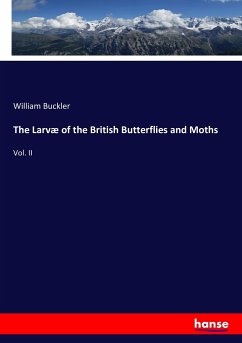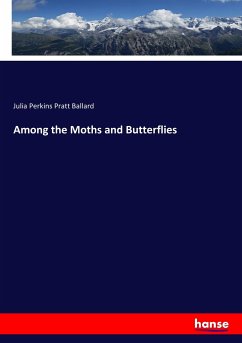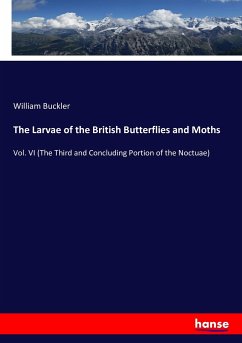Inchworms, tiger moths, underwings, owlet moths, silkworms,sphinx moths, grass moths, and butterflies. Collectively, these and many others are the Lepidoptera, one of the most diverse groups of animals on the planet.
Lepidoptera can be found in the highest tropical canopies,the driest deserts, and at the leading edge of science. The adults include some of the most beautiful insects that have inspired artists and have sailed through the dreams of human cultures for millennia. The immature stages ("caterpillars"), like the underwing depicted on the cover, link together vital processes in diverse terrestrial ecosystems that are only barely documented let alone understood.
The people that study these animals are lepidopterists, and the goal of this book is to introduce them with their own words. In twenty chapters, lepidopterists tell their stories, and these tales mirror the diversity of nature in their range and depth. You will find individuals that wrestle with the challenges of scientific careers, stories of far flung travel sand close calls, and historical perspectives on recent decades of scientific break throughs.
Lepidoptera can be found in the highest tropical canopies,the driest deserts, and at the leading edge of science. The adults include some of the most beautiful insects that have inspired artists and have sailed through the dreams of human cultures for millennia. The immature stages ("caterpillars"), like the underwing depicted on the cover, link together vital processes in diverse terrestrial ecosystems that are only barely documented let alone understood.
The people that study these animals are lepidopterists, and the goal of this book is to introduce them with their own words. In twenty chapters, lepidopterists tell their stories, and these tales mirror the diversity of nature in their range and depth. You will find individuals that wrestle with the challenges of scientific careers, stories of far flung travel sand close calls, and historical perspectives on recent decades of scientific break throughs.
"The book is peppered with intriguing scientific facts that effectively balance its emphasis on field anecdotes and natural history. ... the lives of lepidopterists clearly mirror the diversity of their study organisms. This book documents the history and experiences of these influential people and the lepidopterists who came before them. Each of them is driven by a deep affection and sense of wonder that is nourished by butterflies and moths, and these experiences can inspire us all." (Trond H. Larsen, American Entomologist, Vol. 63 (1), Spring, 2017)
"The editors have done an excellent job in compiling a fascinating and eminently readable volume of lasting interest in the history of interest in Lepidoptera, and in cajoling authors to reveal their thoughts and enthusiasms, together with the highlights (and occasional lowlights) of their experiences, to comprise a unique and intriguing set of insights into the maturation of knowledge of butterflies and moths. The book is excellently produced, illuminated with numerous illustrations, many in colour, and with a functional index." (Tim R. New, Journal of Insect Conservation, Vol. 20, 2016)
"The editors have done an excellent job in compiling a fascinating and eminently readable volume of lasting interest in the history of interest in Lepidoptera, and in cajoling authors to reveal their thoughts and enthusiasms, together with the highlights (and occasional lowlights) of their experiences, to comprise a unique and intriguing set of insights into the maturation of knowledge of butterflies and moths. The book is excellently produced, illuminated with numerous illustrations, many in colour, and with a functional index." (Tim R. New, Journal of Insect Conservation, Vol. 20, 2016)








